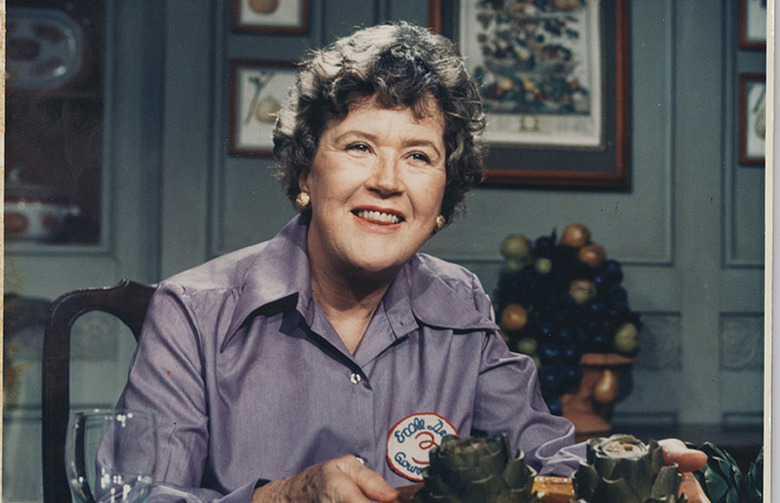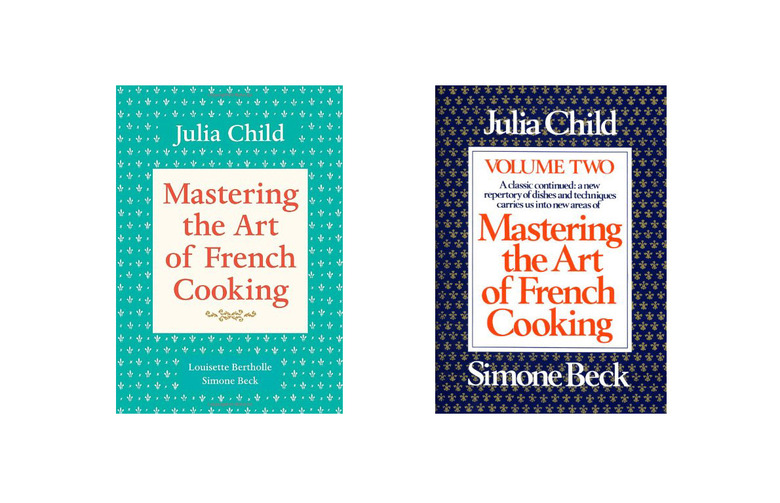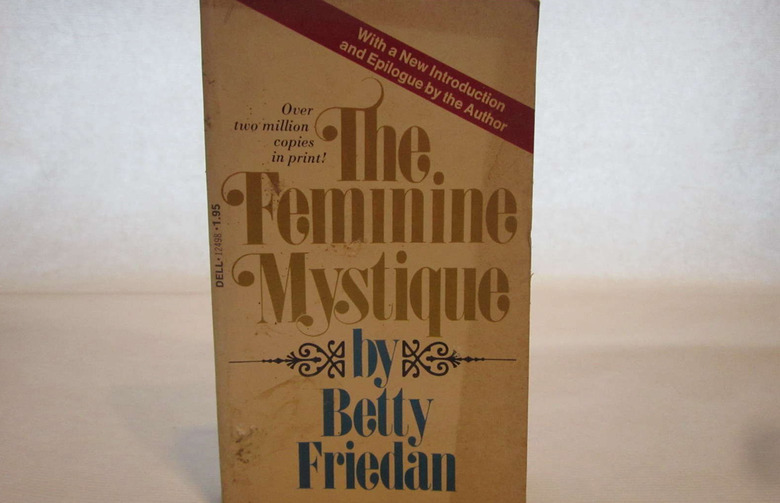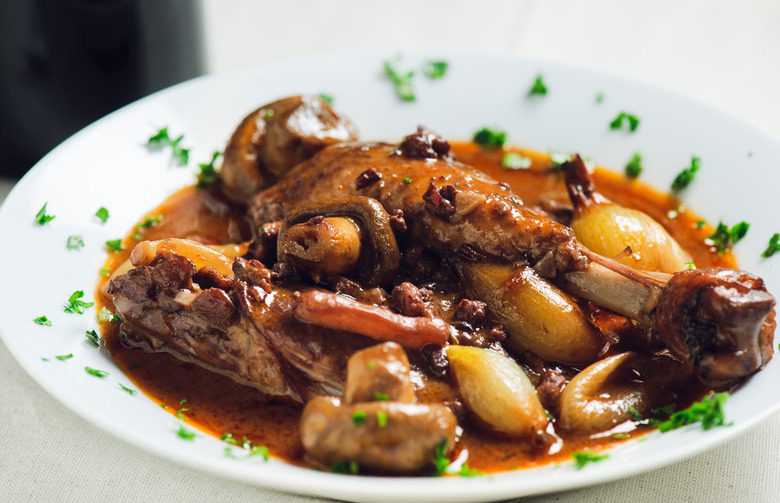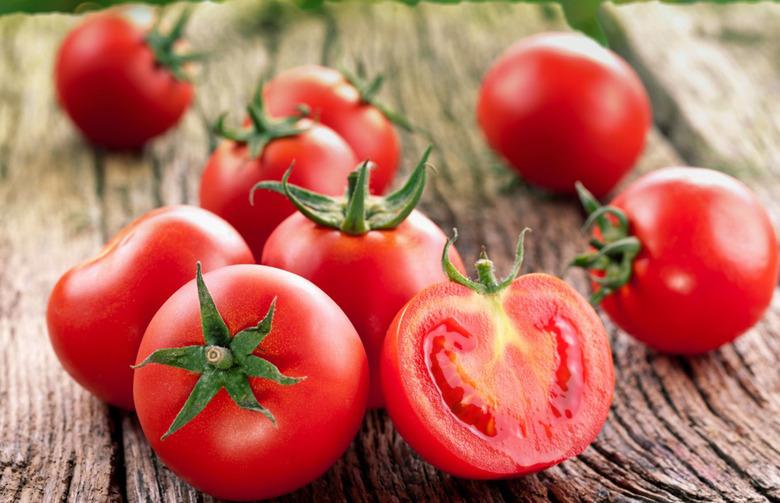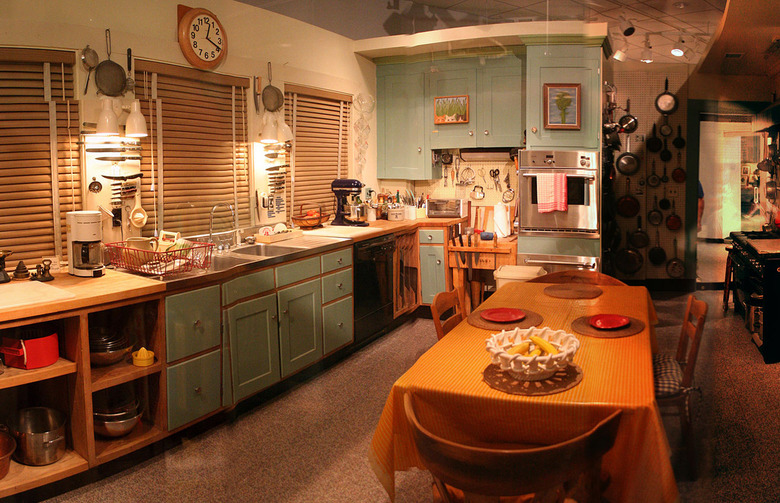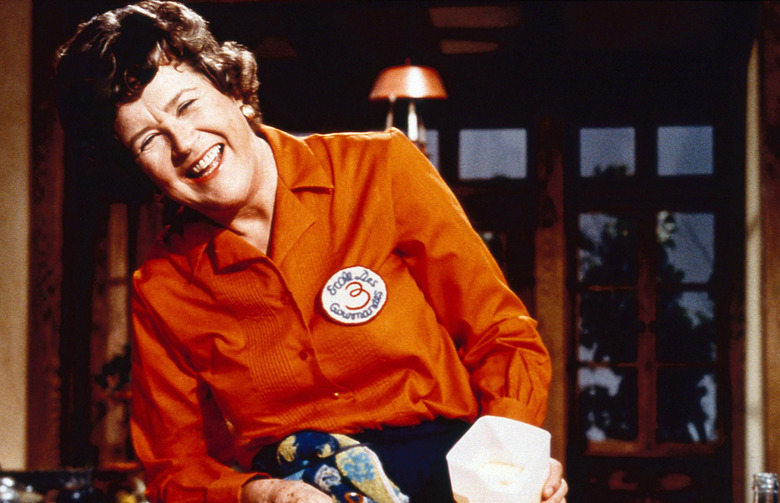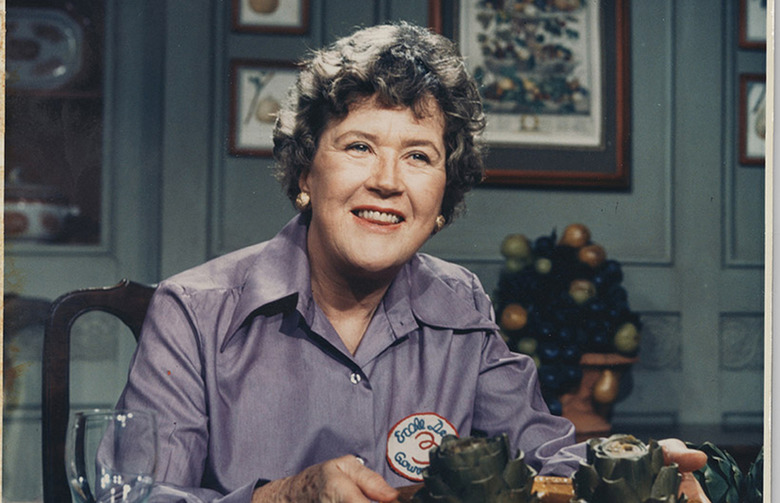Top 10 Ways Julia Child Changed The Way We Cook
Julia Child occupies a permanent place in the pantheon of culinary celebrities — she was the clear favorite when we asked members of The Daily Meal Council to vote for ten key food figures in the history of food for our first annual Daily Meal Hall of Fame — leaving an indelible mark on cookery in America. These are the top 10 ways Julia Child changed the way we cook, from the obvious roast chicken to the more fundamental ideology.
Cookbooks
Mastering the Art of French Cooking, published in 1963, was revolutionary because it was one of the first cookbooks to feature step-by-step recipe instructions. Now a seminal cookbook, the manuscript, written by Child along with Louisette Bertholle and Simone Beck, was initially rejected by publishers because it was deemed too instructional. Once the cookbook was published, the reception was lukewarm at first, but sales took off after Child appeared on a book review show on Boston's National Educational Television to demonstrate how to make an omelette. In 1971, volume II was published.
Education
Child was a pioneer in her own right when she signed up for classes at the famous French cooking school Le Cordon Bleu, being that she was both a woman and an American. Child wanted women in the professional kitchens to be commonplace, not an aberration. She went toe-to-toe with institutions like the Culinary Institute of America, strongly urging them to admit more women into their professional programs.
Fearlessness
She wasn't a natural cook; in fact, cooking had never really occupied her time until she moved to France in 1948 at age 36. In Paris, she tasted for the first time food so inspiring that she dedicated her life to gastronomy. Child is famously quoted saying, "Cooking is like love; it should be entered into with abandon or not at all."
Feminism
Child began her climb to fame in 1961 with the release of Mastering the Art of French Cooking. Her popularity coincided with the growing counterculture in the United States, defined by books like Betty Friedan's The Feminine Mystique, which was published in 1963. Child became a sort of de facto feminist, paving the way for women to empower themselves through cooking. If the kitchen is your domain, own it entirely.
French Cuisine for Americans
Americans were aware of French food before Child, but Child made coq au vin accessible for middle-class Americans, and introduced them to ingredients like artichokes, which today seem commonplace, but in the 1960s required trips to specialty stores.
Ingredients
Post-war America was interested in quick convenience food. The 1950s ushered in the age of fast food restaurants, and industrial agriculture touted the benefits of canned, frozen, and processed foods. Child showed hungry Americans another way to eat. Before words like "locavore," "sustainability," and "organic" infiltrated our vocabulary, Julia Child was promoting fresh, real ingredients.
Mistakes
Child appeared on an episode of Martha Stewart's show, where she and Stewart demonstrated how to make the towering French dessert croquembouche. Stewart's was extraordinary (as you would expect), but Child's leaned a little. Child didn't believe that food had to turn out perfect, and this insistence that mistakes are OK is part of why she is so popular.
Professional Cooks
Child herself never cooked in a professional kitchen, but she encouraged more women to enter the cooking profession. Nurturing to young cooks, but no-nonsense, Child was realistic about the world around her — which was the case when she took cookbook author and chef Sara Moulton under her wing. Moulton credits much of her sucess in the industry to Child's direction.
Television
Child wasn't the first chef on television (Fanny Craddock in the UK and James Beard in America preceded her), but The French Chef was the first nationwide cooking show when it debuted in February of 1963. Child went on to anchor several later cooking shows with her signature style, which relied on an open bottle of wine and a relaxed atmosphere. During her show Baking with Julia, 573 pounds of butter were used.
Legacy
Child's legacy lives on today in the organizations she supported and founded. The Julia Child Foundation, which was established in 1995, provides grants for other nonprofits, like the Heritage Radio Network, that support research and work in gastronomy and the culinary arts. Child donated the kitchen from her Cambridge, Massachusetts, home to the Smithsonian in D.C. In 2002, the exhibit opened displaying the kitchen so many Americans had grown to know watching her cook on television.
